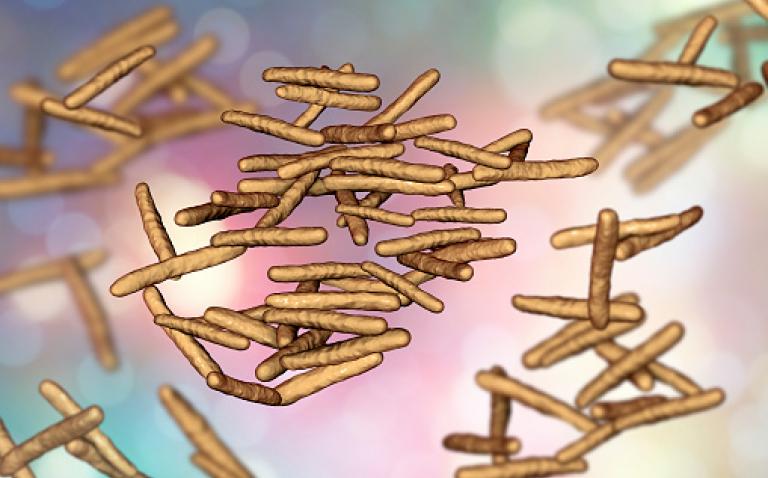Insmed Incorporated, a global biopharmaceutical company focused on the unmet needs of patients with rare diseases, today announced top-line data from its Phase III CONVERT study.
The global CONVERT study met its primary endpoint of culture conversion by Month 6 with statistical and clinical significance. The study demonstrated that the addition of ALIS to guideline-based therapy (GBT) eliminated evidence of NTM lung disease caused by MAC in sputum by Month 6 in 29% of patients, compared to 9% of patients on GBT alone (p <0.0001). The trial was powered to detect a treatment effect of 15% between the two treatment groups. The CONVERT study enrolled 336 adult patients with NTM lung disease caused by MAC who were refractory to at least six months of GBT. Patients were randomised 2:1 to receive ALIS plus GBT versus GBT alone. The primary endpoint was the proportion of patients achieving culture conversion by Month 6.
Insmed plans to pursue accelerated approval of ALIS under subpart H based on the data from the CONVERT study, which will be reviewed by the Division of Anti-Infective Products. FDA previously granted this product breakthrough therapy designation and fast track status and designated ALIS as a qualified infectious disease product (QIDP) under the Generating Antibiotic Incentives Now (GAIN) Act.
“We consider these compelling top-line data to be a remarkable accomplishment in a rare disease state with no currently approved therapies,” said Will Lewis, President and Chief Executive Officer of Insmed. “We are particularly encouraged by the consistency of these data when compared with our Phase II study results, and look forward to additional data as the CONVERT study continues over the next two years. We want to thank all the patients who participated in this trial around the world as well as the physicians who supported them. Treatment of this serious and potentially debilitating disease is an unmet medical need, and we expect these important data will enable us to submit for accelerated approval.”
The Company also reported top-line data for several secondary endpoints as of the 6-month timepoint. Top-line data for the 6-minute walk test indicates no statistically significant difference between patients in the two arms. However, an analysis of these data (per a pre-specified endpoint) shows that patients who achieved culture conversion in either arm demonstrated an improvement in 6-minute walk distance when compared to patients who did not culture convert (p=0.0108). Top-line data for the secondary endpoint of time to conversion demonstrated that patients on GBT took approximately 30% longer to convert when compared to patients on ALIS plus GBT (p<0.0001). The Company is continuing its analysis of the impact of conversion on a variety of other clinical measures.
“I am extremely pleased with and impressed by the culture conversion results that ALIS demonstrated in treatment-refractory patients with NTM lung disease caused by MAC. The eradication of MAC is the first and most important goal for treatment of patients with MAC lung disease,” said David Griffith, MD, Professor of Medicine, W.A and E.B. Moncrief Distinguished Professor at The University of Texas Health Sciences Center and Principal Investigator in the CONVERT study. “I am not only encouraged by the higher conversion rate, but also by the faster time to conversion and safety profile of patients in the ALIS arm of the study. Although it is not a parameter routinely used in clinical practice, I also find it encouraging that patients who achieved culture conversion showed improvement in 6-minute walk distance, a quality of life parameter, as was seen in a prior ALIS study.”
“Today marks an important advance in our quest to bring a safe and effective treatment to patients who suffer from NTM lung disease caused by MAC. This represents the first ever global Phase III controlled study in patients with NTM, a rare, progressive and destructive infection that is associated with irreversible lung damage and increased rates of mortality,” said Paul Streck, MD, Chief Medical Officer of Insmed. “The current guideline-based therapy to which we were compared in this study is not approved for the treatment of this disease, but is generally regarded as the best available option for these patients. Our drug candidate, ALIS, delivers high levels of an aminoglycoside directly to the lung macrophages and pulmonary tissue where the infection resides, and we believe this accounts for the significant impact on conversion that the drug demonstrated in these trial results.”










